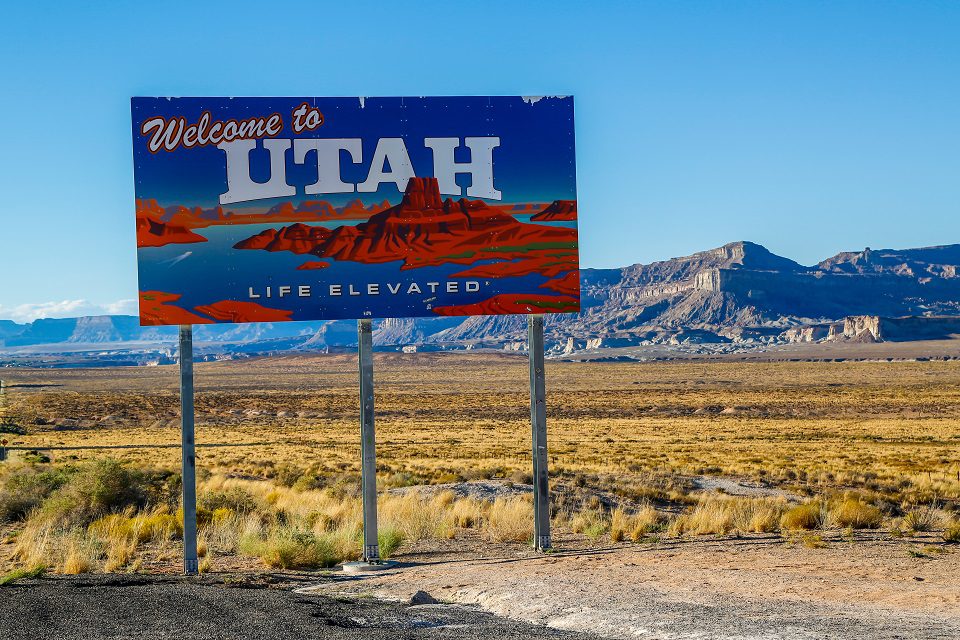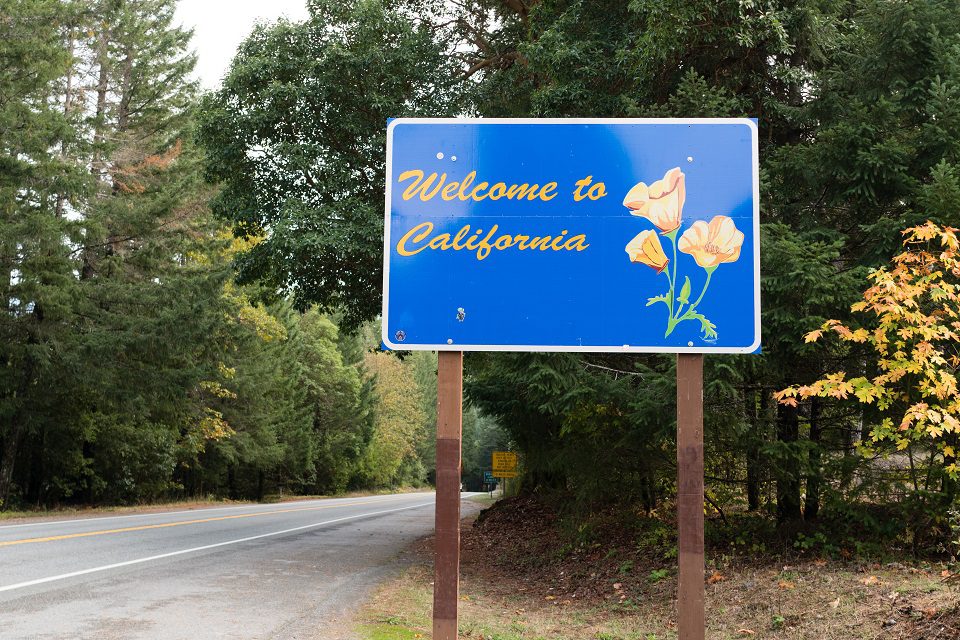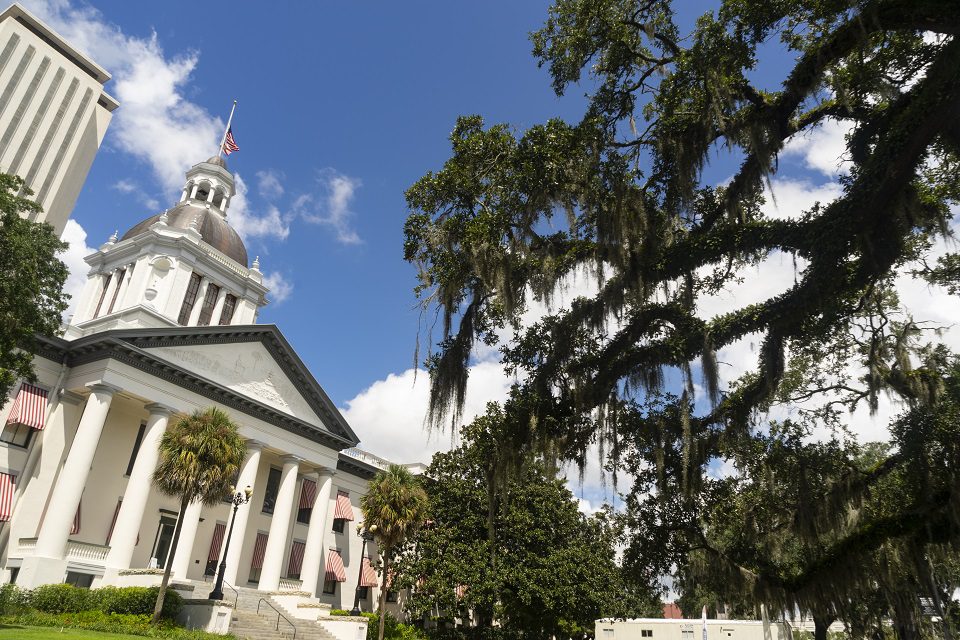The United States economy reached its lowest in 2020 amidst the struggles and uncertainties of the pandemic. Fortunately, it seems that the US economy has recovered enormously from the descent. Each state of America experienced a severe impact on its economies. Although some states found their way back, others did not.
According to data from the Bureau of Economic Analysis (BEA), each state has uneven recovery from the pandemic. The data determine which states have experienced the fastest economic growth over the last 20 years. This report also shows economic growth from the first part of 2020 to the first part of 2021.
Take a look at the article to know which states reached the list of 10 best states.

Utah
Utah’s economy has been quite strong lately, which is why it is ranked first. Utah’s GDP increased by 19.1% in the last five years, the second-highest growth rate among the 50 states during that period. From about $123.47 billion in 2010 to a yearly average of $168.62 billion in 2020 (with 2020 including the worst impact of the pandemic), Utah’s real GDP increased by more than one-third (36.6 percent).
Utah’s economy has grown by 82 percent in the last 20 years, from $92.62 billion in real annual GDP in 2000 to over $169 billion in 2020. Furthermore, Utah’s GDP increased to $178.20 billion in the first quarter of 2021, becoming the largest quarterly GDP in the state’s history.

Washington
The number second on our list is Washington, one of the highest IT and tech companies concentrations among all 50 states. After the arrival of millennials, Washington has experienced an explosion in its economy, and of course, for good reasons.
The state’s economy has experienced significant improvement, with yearly real GDP increasing by 74.2 percent, from $312.65 billion in 2000 to more than $544.63 billion in 2020. In figures from the first quarter of 2021, the state has recorded an increase of $565.70 billion, up from $552.60 billion in Q1 2020.

Idaho
Idaho is a state well-known for its economic and population growth. The latter rose notably due to the spread of Covid-19, making urban workers from the West Coast relocate, causing problems for local employers. Idaho’s real GDP was $77.39 billion in the first quarter of 2021, an astounding figure for a state with only 1.85 million people.
However, its GDP decreased by 1.1 percent from 2019 to 2020 due to the pandemic’s economic impact. Idaho’s economy has made a strong comeback, with year-over-year GDP growth of 2% from Q1 2020 to Q1 2021. Apart from the pandemic, it experienced over a 17% rise in the economy over the last decade.

Colorado
Colorado is one of the renowned internal migration destinations in the United States over the previous 20 years. It is the fourth-fastest-growing state in terms of GDP growth. Its real GDP has increased by more than half during the millennium, from $232.83 billion in 2000 to $351.07 billion in 2020.
While Colorado’s yearly GDP in 2020 is expected to be lower than the estimated $356.28 billion in 2019, the state’s economy has improved significantly from the pandemic’s first impact in 2020. Colorado’s real GDP increased by 1.4 percent in the first quarter of this year, from $360.16 billion in Q1 2020 to $365.05 billion in Q1 2021.

Arizona
Based on the 2020 annual real GDP per state, Arizona has the 19th largest economy in the United States, with an average GDP of $320.66 billion. That’s a phenomenal 54.3 percent increase since 2000 when Arizona’s annual GDP was $207.77 billion.
Arizona was one of those states severely affected by the Covid-19 pandemic and experienced much economic trouble; it has come back stronger than before.
Although the state’s GDP only dropped 0.9 percent, from $232.59 billion in 2019 to $320.66 billion in 2020. Arizona’s GDP has achieved an all-time high of $334.03 billion in the first quarter of 2021.

Oregon
Oregon is ranked sixth on our ranking of the most significant states for economic development. The Pacific Northwest is doing great, with both Oregon and Washington’s economies exploding in recent decades. Oregon’s GDP grew at the fourth-fastest rate in the US during the last five years, from $191.86 billion in 2015 to nearly $219 billion in 2020.
The most recent estimates for Oregon GDP are solid — an estimated real GDP of $226.53 billion in Q1 2021 — but they mask that the state’s economy shrank by 2.8 percent year over year, from $225.33 billion in 2019 to $218.97 billion in 2020.

California
California nevertheless managed to place in the top-10 states for GDP growth. California’s GDP has grown about 60% during the millennium. Approximately $1.71 trillion in 2000 to an annual average of $2.72 trillion in 2020. On the other hand, its economy was hit particularly hard by the epidemic.
Real GDP reached a yearly average of nearly $2.8 trillion in 2019 before plummeting by tens of billions as Covid-19 caused havoc in 2020. Indeed, California’s GDP for the first quarter of 2021 is down from the first quarter the previous year, when quarterly real GDP was nearly $8 billion higher.

Texas
The excellent state of Texas is ranked eighth. “Don’t mess with Texas,” they say, but Covid-19 gave it a shot. Texas’ economy took a knock, with yearly real GDP falling by 3.5 percent between 2019 and 2020. That’s worse than the -2.8 percent fall in California, but on par with the US overall year-over-year decline (-3.5 percent).
Texas’ economy has rebounded, with real GDP rising 0.8 percent in the first quarter of 2021 over the same time as the previous year: $1.763 trillion in Q1 2021 vs. $1.749 trillion in Q1 2020. Texas’ economy has grown by 70.6 percent in 20 years. From a little over $998 billion in 2000 to a little under $1.75 trillion in 2020.

Georgia
Georgia’s economy has risen gradually and continuously during the previous years, with the state’s economy being the second largest in the United States (behind only that juggernaut, Florida). Georgia’s yearly GDP was $391.21 billion in 2000 before it seized and expanded by an incredible 10.1 percent during the next ten years, averaging $430.7 billion per year in 2010.
Since then, the Georgian economy has accelerated, with real GDP rising by about 24% from $430.7 billion in 2010 to $533.57 billion in 2020. Georgia also fared better than most states in absorbing the pandemic’s economic consequences, with yearly GDP falling only 2.5 percent from 2019 to 2020, an entire percentage point less than the national average.
The pandemic affected your finances as well? Read this!

Florida
Florida was particularly exposed to the pandemic’s worst effects even with significant tourist attractions like Universal Studios and Disneyland and miles of desired sandy beaches. Fortunately, the state could limit economic losses to a minimum, with yearly GDP falling by 2.9 percent from 2019 to 2020.
That is better than the overall fall in the United States (-3.5%). Significantly better than the experience of most states in the country. Florida’s GDP, which was already huge in 2000 at $641.25 billion, has increased by about half in the last 20 years, reaching $935.67 billion in 2020. As of Q1 2021, Florida’s GDP reached a new high of $969.56 billion, up 0.7 percent from Q1 2020.
To sum it up, the whole world experienced difficult times, including each state of America. Fortunately, the United States of America seems to recover significantly by the end of 2021. Strategists have predicted the US dollar to rise to 1.15 dollars each euro at the end of the year.
The prediction compares to Wall Street’s consent of a 1.25 exchange rate. The US currency can be bought with one euro; hence, an increased euro-dollar means a punier greenback. Experts suggested that the US dollar will rise even further, and each state will notice massive improvements in its economic growth.
You might also like: 6 Greatest Cities in America That You Can Visit on a Budget












